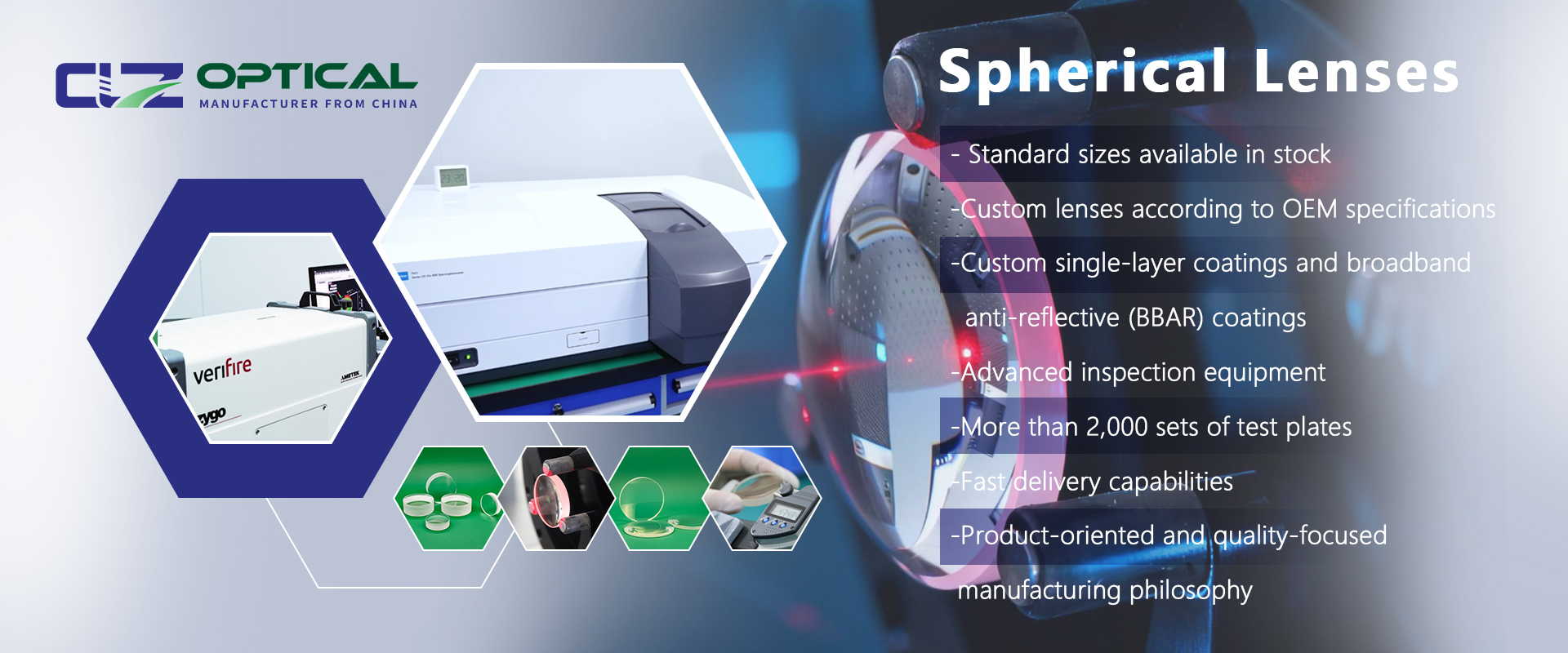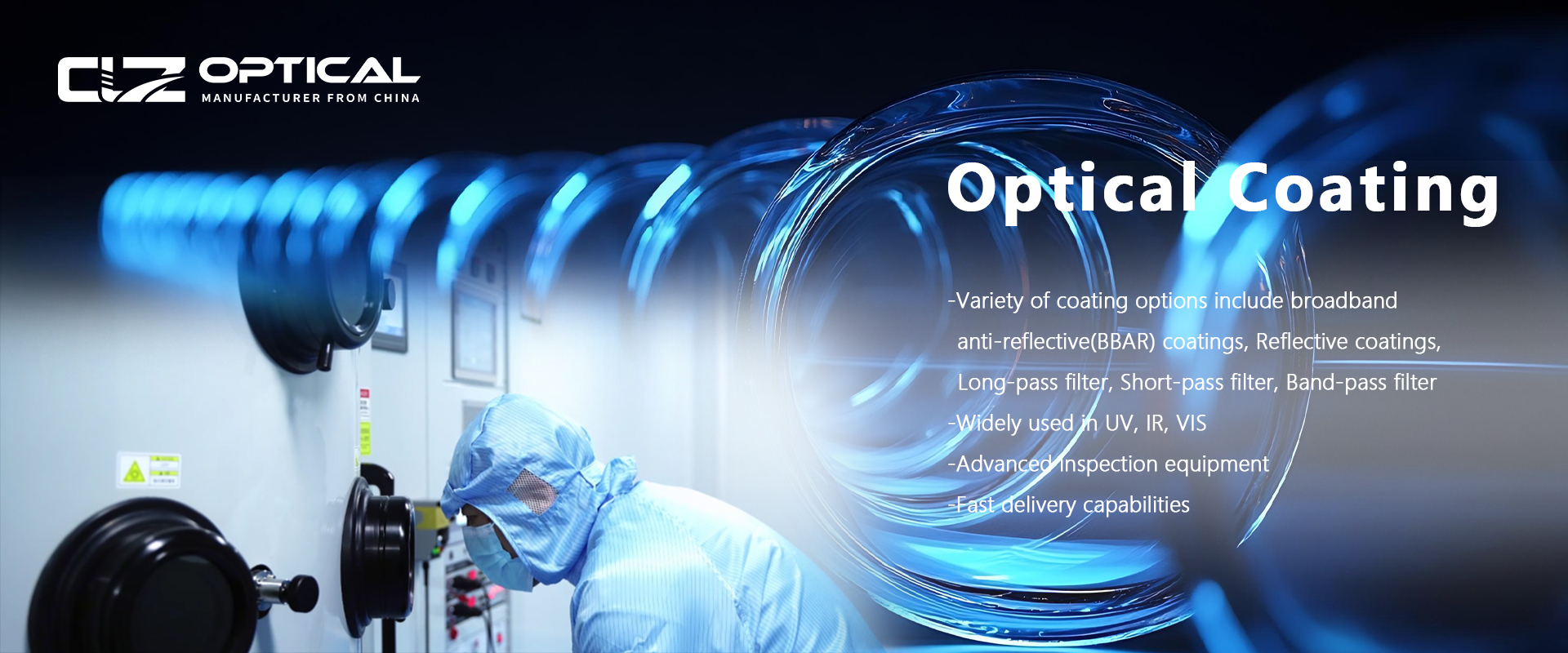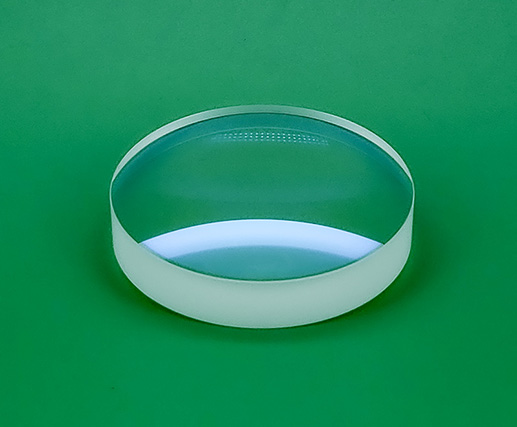Right Angle Prisms
The Right angle prism, as a fundamental and critical optical component in optical systems, plays a vital role in beam steering and reflection applications due to its unique geometric configuration and optical path control capability. Its core 90-degree right-angle design, combined with flexible placement angles, provides a reliable solution for constructing concise and efficient optical layouts.
Concept
The Right angle prism is a triangular prism structure fabricated from transparent optical medium. Common materials include optical glass, fused silica, or optical crystal. Its defining feature is that two of the three optical faces forming the prism are perpendicular to each other, creating a precise 90-degree angle. This specific angular relationship is fundamental to its ability to manipulate the optical path.
Features
A typical Right angle prism consists of three functional interfaces: the entrance face, the reflection face, and the exit face. Light enters the prism through the entrance face, then changes direction upon striking the reflection face via the principle of total reflection or aided by a reflective coating (metal or dielectric) applied to the surface, and finally exits through the exit face. A key advantage is that, based on its inherent 90-degree right-angle structure, adjusting the prism's spatial orientation within the system allows flexible realization of 90-degree or 180-degree beam deflection. Besides the standard form, Roof prisms are common derivative types.
Optical Path Control Mechanism
After light transmits through the entrance face into the prism medium, it undergoes total internal reflection at a specific internal slanted surface (the reflection face). If the reflection face is coated with a metallic or dielectric film, the light reflects due to the film's action. This process ultimately guides the light to exit from the exit face, effectively achieving the preset goal of optical path direction change. Its core right-angle design, coupled with multi-angle placement strategies, is key to achieving different steering effects.
Spectral Adaptability
Right angle prisms typically exhibit high transmittance efficiency within the visible spectrum. Their applicable spectral range depends significantly on the properties of the chosen optical material. For instance, selecting fused silica material can extend the working band into the ultraviolet or near-infrared regions. Therefore, optical materials must be strictly selected based on the specific spectral requirements of the application.
CLZ Optical offers Right angle prisms with various coatings (AR/Reflective). Substrate materials include N-BK7 or equivalent grades, and UV-grade fused silica.
For customized solutions, please feel free to contact our technical team.
- Spherical Lenses
- Optical Dome
- Cylindrical lenses
- Optical Windows
- Optical Prisms
- Optical Mirrors
- Optical Filters
- UV and IR Optics
- Custom Optics
- Optical Coatings
- Blank Material





















